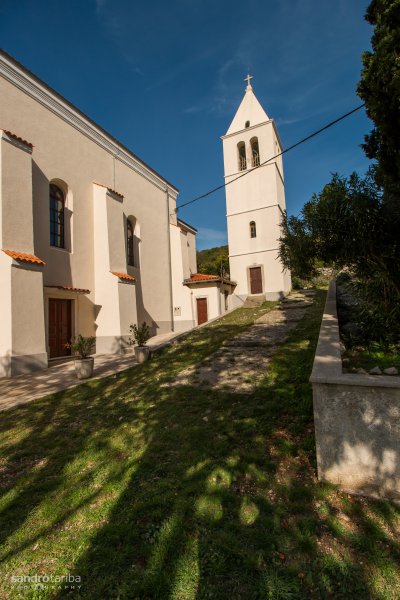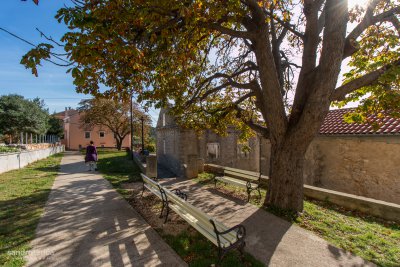| |


|
|
CULTURE IN ĆUNSKI
Before we start speaking about the culture in Ćunski, we will return a bit into the past when the Croatian Reading Room (Hrvatska čitaonica) in Mali Lošinj was founded at the old Maritime School (Pomorska škola). In those days, the Reading Room was frequented only by the Lošinj educated elite, not the ordinary folk. In 1899, thanks to the efforts of Navy Officer Ivan Lovrić, an Entertainment Reading Club (Zabavno – čitalačko društvo) called Zora was organized on the same premises, which soon became the central venue for making all the decisions associated with national and cultural progress. Professor Ambroz Haračić, a meteorologist, natural historian and botanist, played a great role in these efforts and made a great contribution by helping the island of Lošinj earn the status of a climatic health resort. The support for opening Croatian Reading Rooms came from the church authorities, primarily the bishop of Đakovo,Josip Juraj Strossmayer with 100 forints. Public libraries soon started being established across the island of Lošinj as well. The first public library was opened thanks to the efforts of prof.Josip Kraljić. Even today, there's a section of the Town Library and Reading Room with valuable material, established at the ground floor of the Municipal Board building. On the upper floor, there's a hall used for gatherings of citizens on numerous different occasions, particularly on the occasion of the folk festivities organized to celebrate the patron saint of the village, namely St. Nicolas.
HISTORICAL DEPICTION OF THE VILLAGE OF ĆUNSKI
East of the village of Ćunski, there's a hill shaped as a skittle lying at 144 meters above sea level. It's called the hill of St. Nicolas (brdo Sv. Nikole). Remnants of a 106 m long fortification were found on that hill. The drywalls range from 1.50 to 3 m in thickness and are torn down in several locations. The relocation of material for the purpose of building new fortifying drywalls (gromače) did not fully change the landscape appearance but has rather strengthened its architectural character. The historical pictures show that the hills around Ćunski were intertwined with drywalls. Gromače or drywalls were used to mark the parcels designated as shepherd's estates. As they do today, the citizens of Ćunsko used to engage in sheep breeding and olive cultivation in those days as well, and such architecture made it easier to manage their properties.
The hill of Polanža is setnorth of Ćunsko, on the left side of the road leading towards Nerezine and the Osor Transversal. It’sa summit lying at 214 meters above sea level with a beautiful viewing spot. It dominates the area. Only one look from it is enough to enjoy the view of the entire Lošinj channel, the southern part of Cres and, during nice weather, the island of Pag as well. In this area, remnants of huge fortifications from the Bronze Ages have been found, ranging from 6 to 13 meters in length and from 3 to 4.7 meters in thickness. Although parts of this and other fortifications were relocated, there is one more fortification on the northern side in the length of 23.50 m. The layout could be determined more precisely, but the lush vegetation makes access and passage rather impossible.
|
|